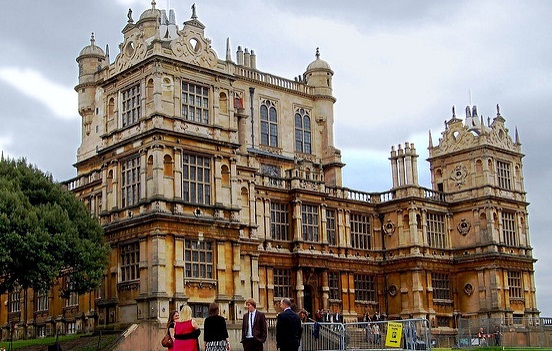
Wollaton Hall, home to Nottingham's Natural History Museum
Photo: Dun.can on VisualHunt / CC BY-SA
Brexit could affect staff at one in three UK museums
The Museums Association’s annual survey finds 4% of the workforce are non-UK EU citizens.
The UK’s departure from the European Union could negatively affect staffing arrangements in one in three UK museums, new research has found.
The Museums Association’s annual survey also found public income was down in almost a third of museums in 2016/17, but many museums are increasing their earned income and managing to attract more visitors.
“There is an appetite for discussion and debate in the sector and a realisation that in order to inform this debate we need good data and a better understanding of the true state of museums in the UK,” said Sharon Heal, Director of the Museums Association.
“This report is a step towards achieving that and gives a snapshot of the current health, and concerns, of the museum world.”
The report warns about a “hollowing out” of skills and expertise in museums, along with a growing backlog of maintenance and documentation work, and calls on funders and sector bodies to support museums in their efforts “to increase their positive social, cultural and economic impacts”.
Museum workforce
The annual survey collects information on project and education work, employment figures and financial performance. It was completed by 435 museums – roughly 17% of all those in the UK – including independent, local-authority-run, national and military museums.
The research suggests 4% of UK museum staff are from EU countries other than the UK. Over a third (37%) reported employing at least one member of staff from a non-UK EU country, and 5% reported that more than 20% of their workforce were non-UK EU citizens.
This was most pronounced in Northern Ireland and Scotland, where 7% and 6% of the workforce are non-UK EU citizens respectively.
A fifth of museums indicated they decreased their workforce last year, but this was balanced out by an equal number that had increased staff numbers.
Visitors and income
Almost half (46%) of responding museums said they attracted more visitors in 2016/17 than the year before, although 32% said visitor numbers had decreased. 19% said they had stayed the same.
The report notes many museums are hoping to capitalise on the weak pound by increasing visitors from overseas, and many are developing new audiences by increasing their work with minority groups.
Overall, 11% of museums reduced their opening hours in 2016/17. Former local authority museums were the most likely to do this and the report points to pressure on resources as the driving factor.
While 37% of museums said their total funds increased last year, with almost half increasing earned income, certain kinds of museums were more likely to have experienced funding cuts. Overall, almost a third (30%) of museums reported a drop in public income, but this rose to 51% among local authority museums and 58% among independent former local authority museums.
The report notes that the trend for local authorities to transfer their museums to independent trusts is continuing.
The results also suggest there had been a gradual increase in the number of museums charging for entry – 4% introduced new admission charges. The report cautions that visitor numbers “reduced significantly” at one Scottish independent museum that introduced a charge.
Join the Discussion
You must be logged in to post a comment.